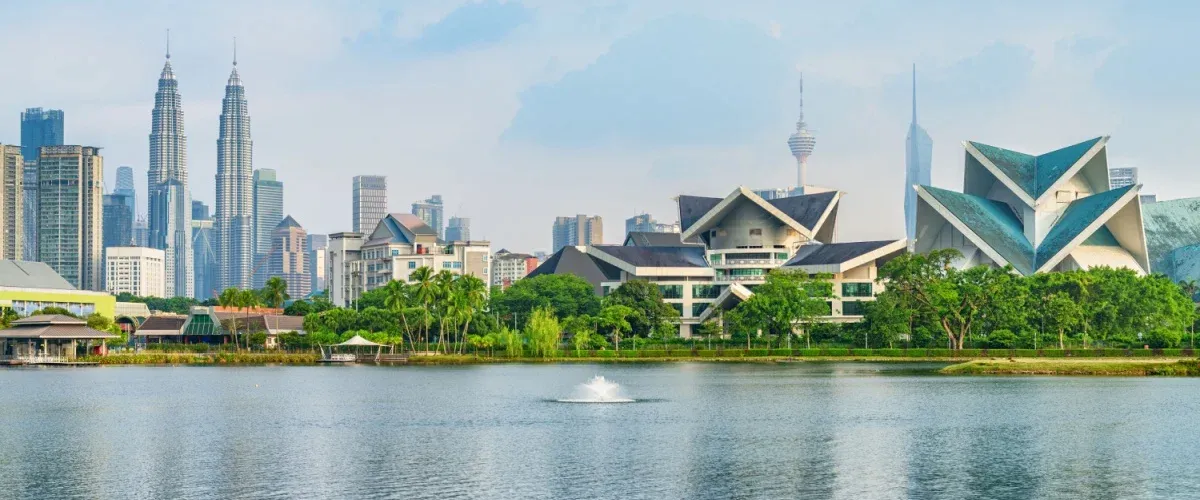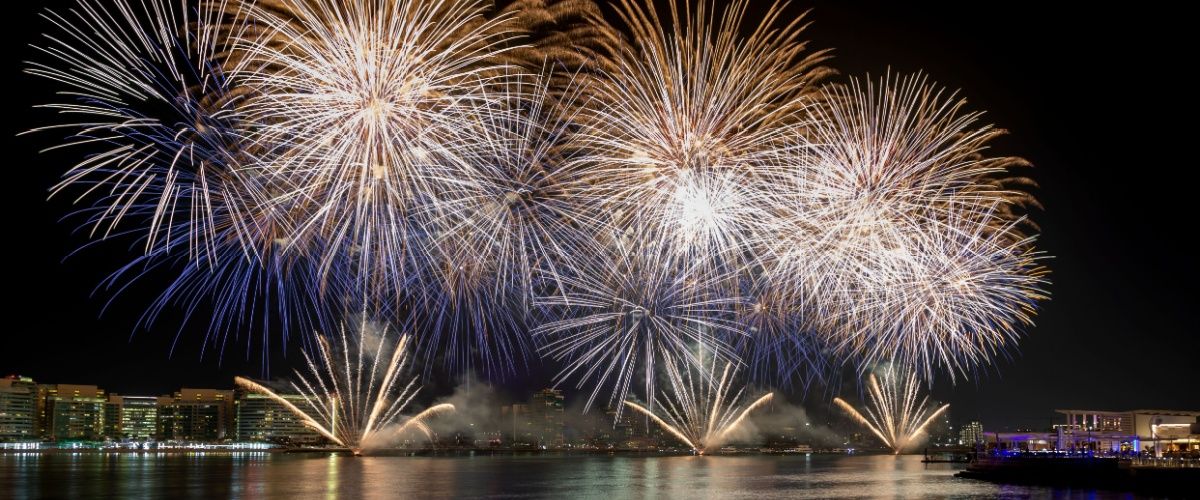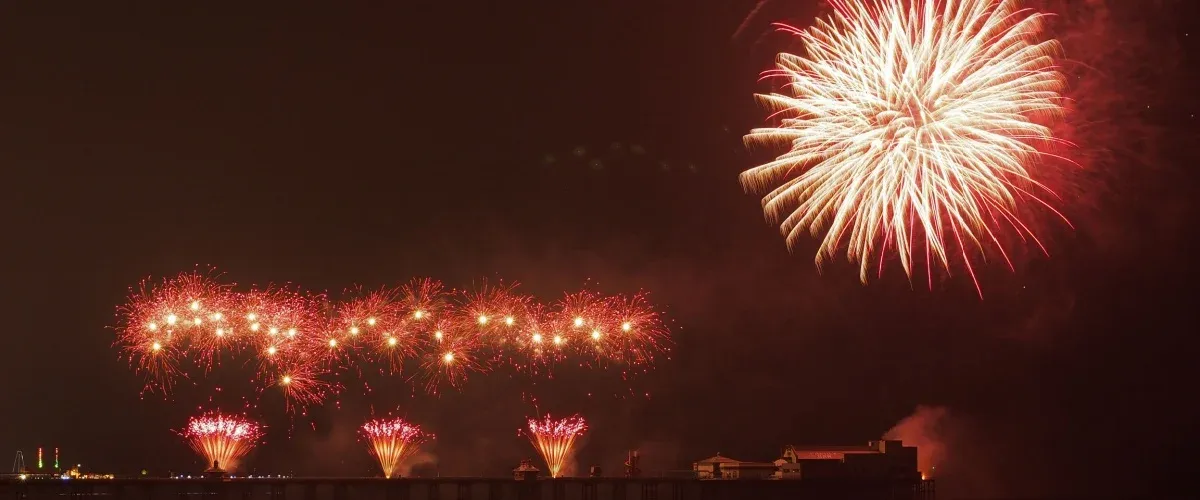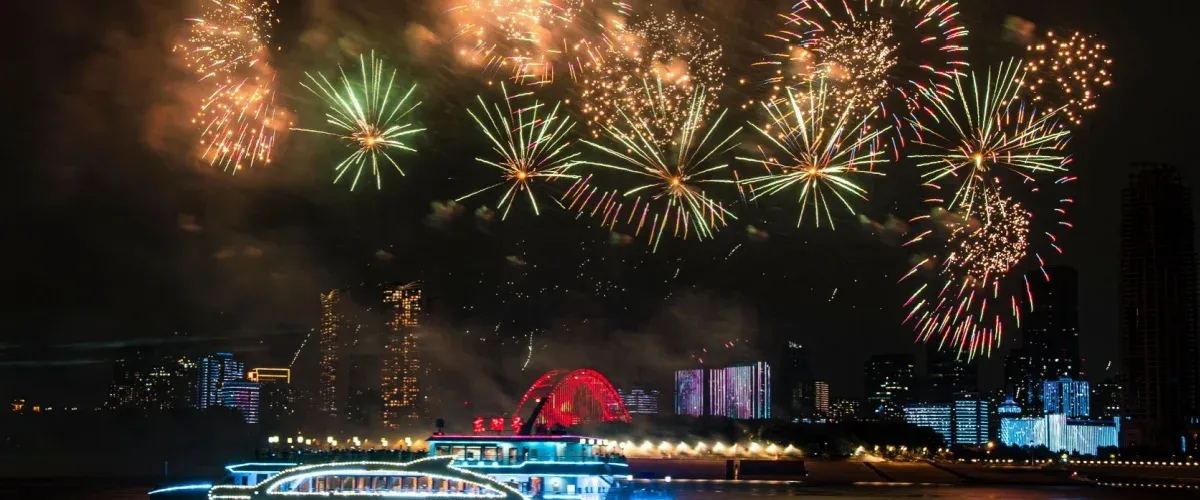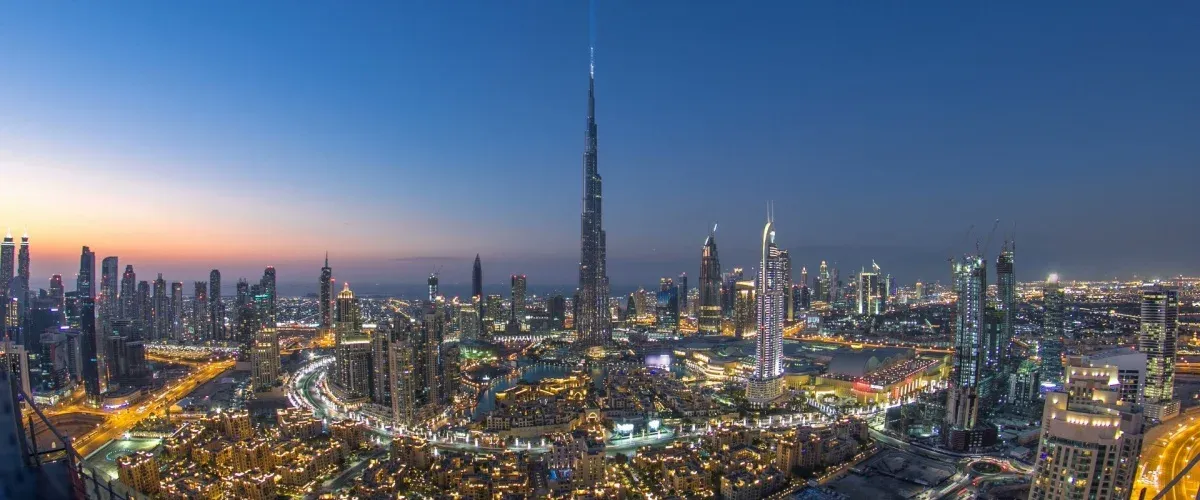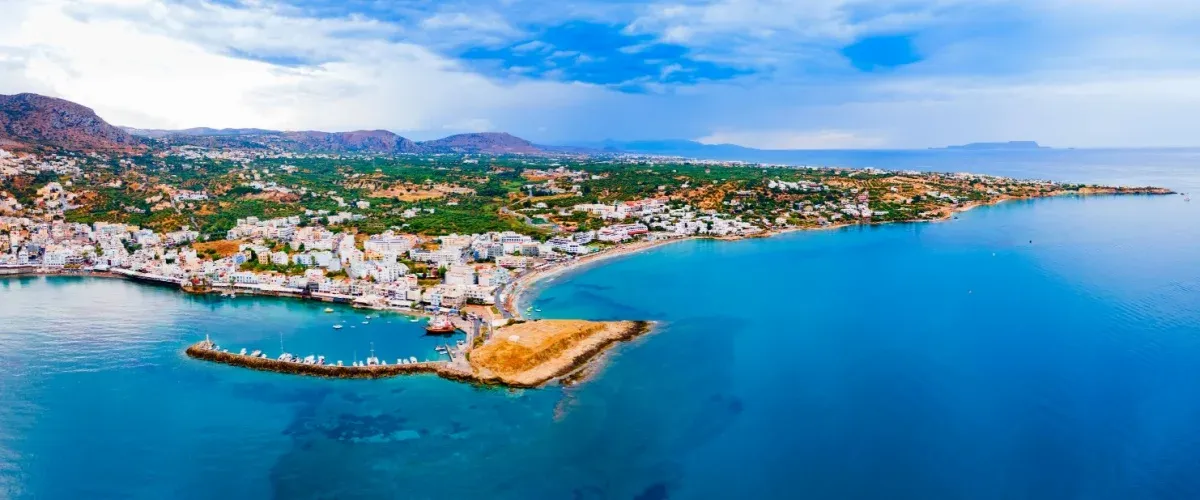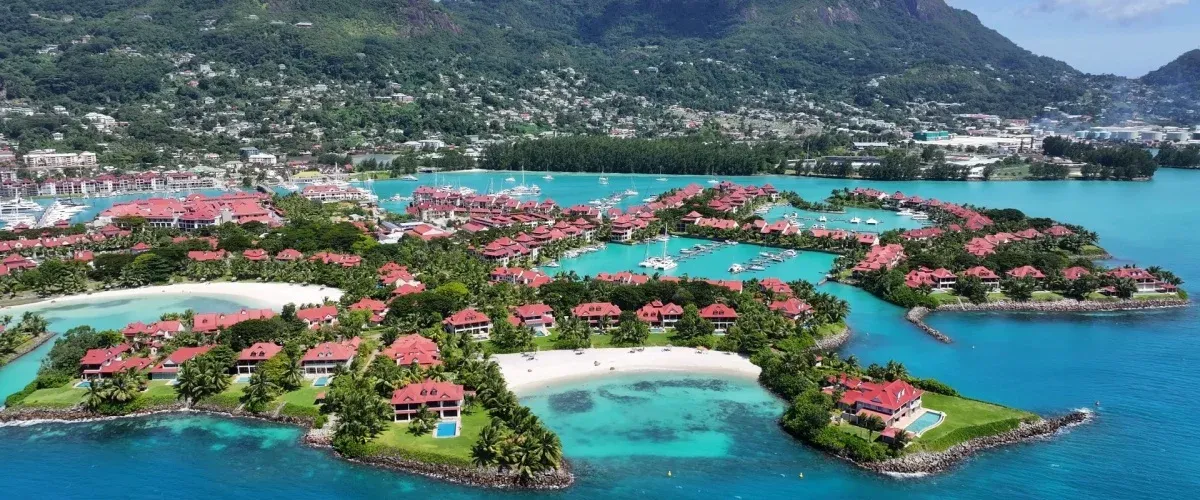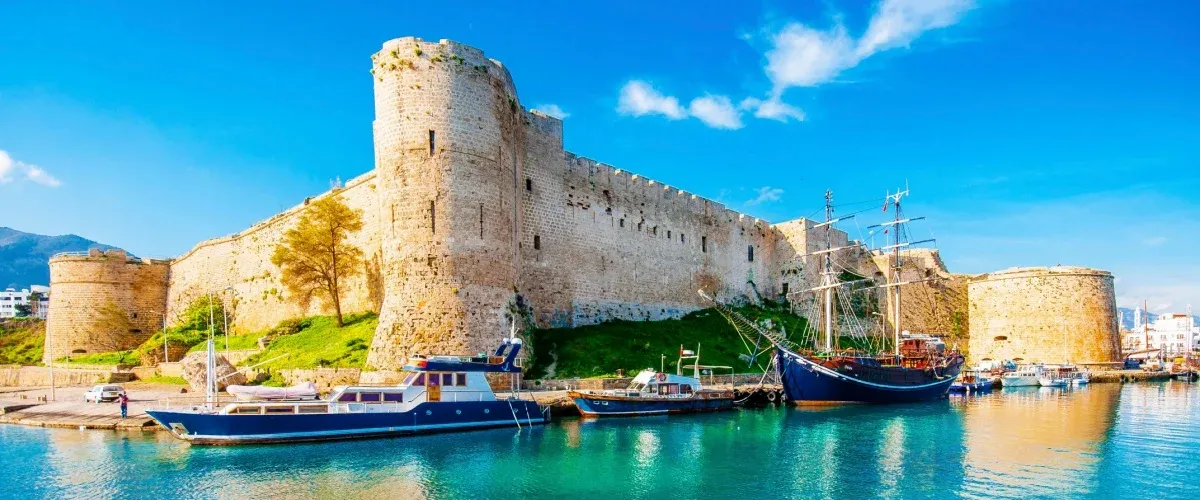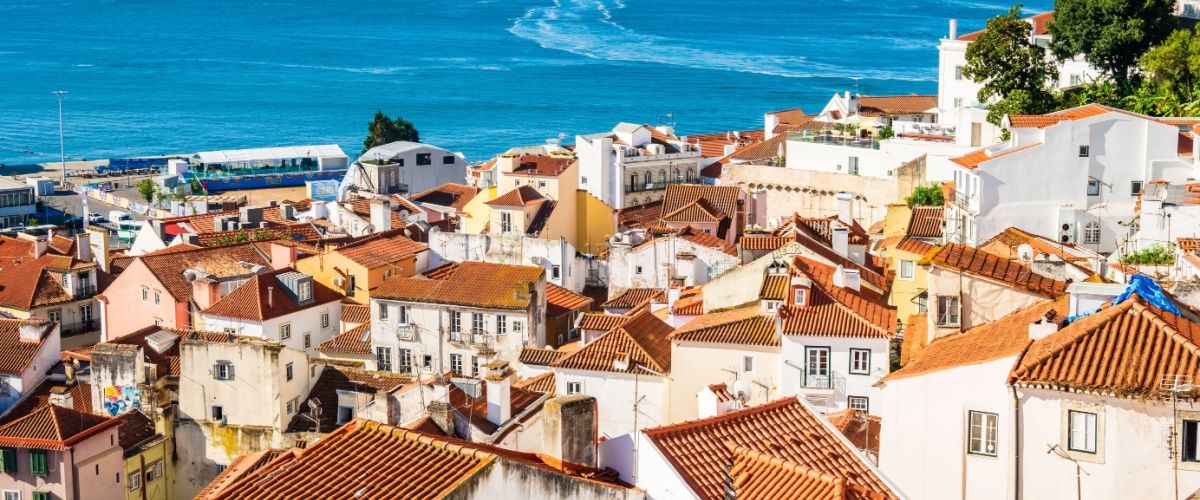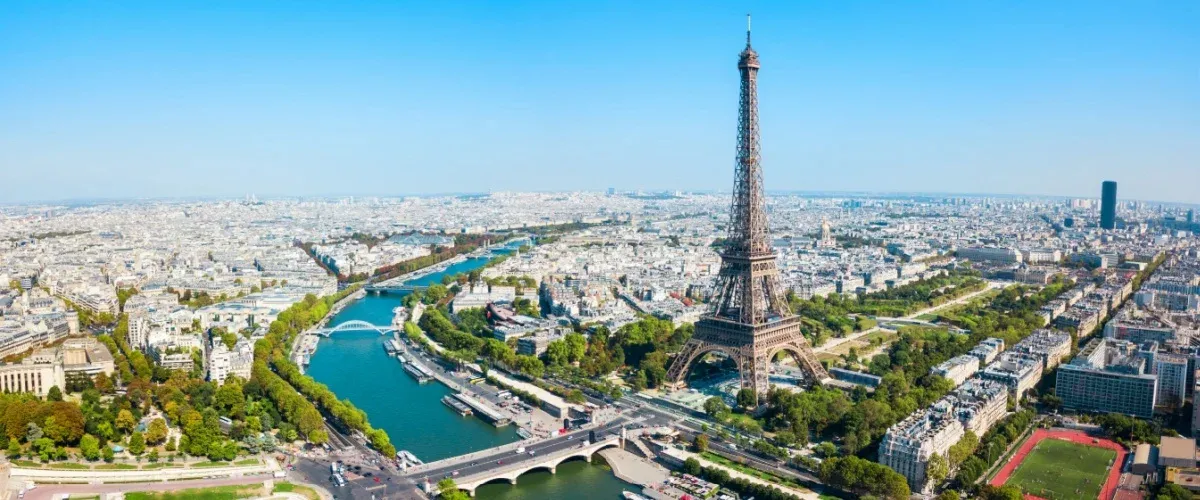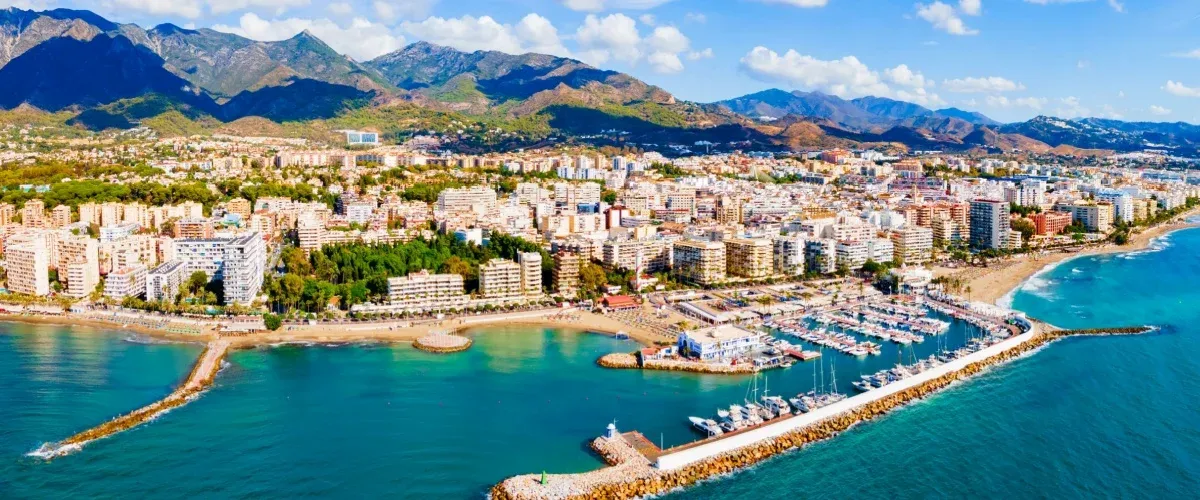Malaysia is a true coastal paradise, offering some of the most spectacular beaches in Southeast Asia. From the Andaman Sea to the South China Sea, the country’s coastline is a vibrant tapestry of powdery white sand, turquoise waters, and lush tropical scenery. Whether you're dreaming of the dramatic limestone karsts of Langkawi or the world-class diving spots in Sabah, Malaysia has a stretch of sand for every type of traveler. The beach culture here is a perfect blend of laid-back relaxation, thrilling water sports, and family-friendly fun, making it an unbeatable destination for your next beachside vacation. Keep reading for our complete guide to beach-hopping through this beautiful nation.
Top 9 Beaches in Malaysia For a Perfect Holiday
1. Tanjung Rhu Beach, Langkawi
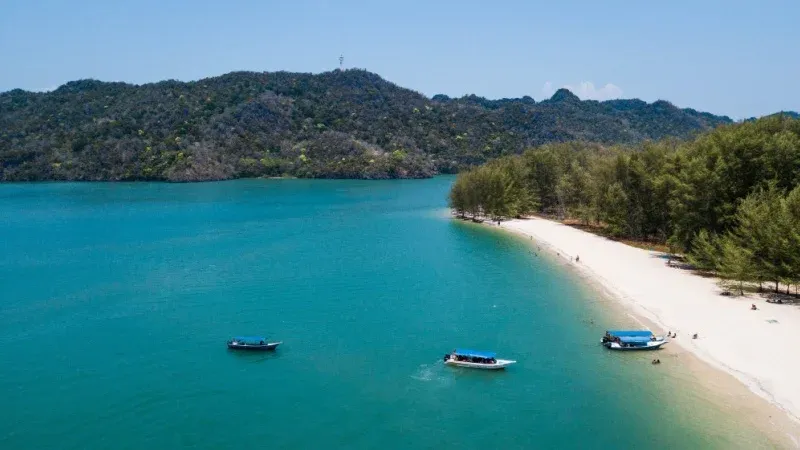
Tanjung Rhu is undeniably the most beautiful and serene of Langkawi's beaches. Located on the northern tip of the island, it’s famous for its crystal-clear, shallow waters, fine sand, and stunning views of nearby limestone karsts rising from the sea. The vibe here is tranquil and luxurious, perfect for couples and travelers seeking peace away from the crowds. It's an ideal spot for swimming and picnicking. Facilities are top-notch, largely thanks to the upscale resorts nearby, ensuring a comfortable and clean environment. At low tide, you can even walk across a sandbar to the neighboring islands.
Best Time to Visit: November to March
Pro Tips: The beach is public, but access is through a controlled gate. Arrive early for better parking and fewer people. Pack your own snacks and water for convenience.
2. Pantai Cenang, Langkawi

Pantai Cenang in Langkawi is one of Malaysia’s most popular beaches. Known for its soft white sand and calm, clear waters, it is perfect for swimming, sunbathing, and evening walks by the shore. The beach stretches for about 2 kilometers and is surrounded with cafes, restaurants, and shops, making it lively but still relaxing. Water sports like jet skiing and parasailing are popular for those seeking adventure. At sunset, Pantai Cenang offers a stunning view, making it a favorite spot for couples and families alike.
Best Time to Visit: November to March
Pro Tips: The beach gets very busy, especially during sunset. For a quieter spot, walk towards the southern end. Parking can be challenging, so consider a ride-sharing service.
Suggested Read: Things to Do in Bali: Rekindling the Feeling of Love
3. Long Beach, Perhentian Kecil
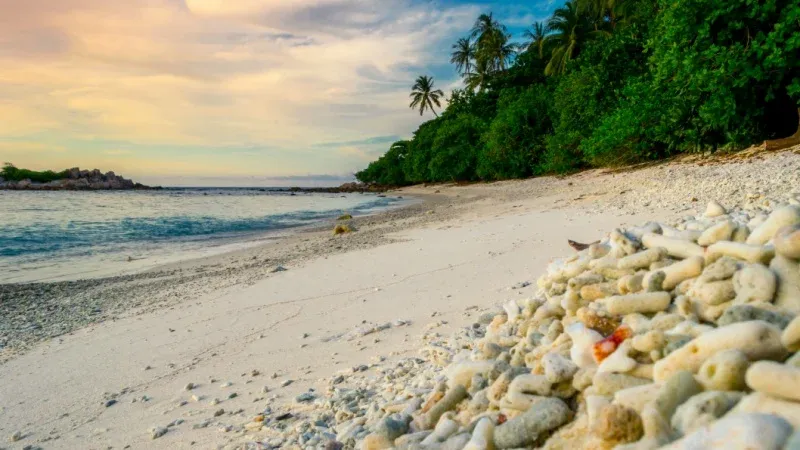
Long Beach (Pasir Panjang) on Perhentian Kecil is the quintessential paradise. It boasts incredibly clear turquoise waters, soft white sand, and a vibrant underwater world just steps from the shore, making it perfect for snorkeling. During the day, it's a relaxed haven for sunbathing and swimming. As the sun sets, the beach transforms with fire shows and casual beachfront bars setting a lively mood. The vibe is youthful, social, and adventurous. While facilities are more basic, you'll find plenty of dive shops, boat taxi services, and casual eateries.
Best Time to Visit: March to October
Pro Tips: There are no ATMs on the island, so bring enough cash. Book accommodation well in advance, especially during peak season. A short hike over the hill takes you to the quieter Coral Bay for sunset.
4. Juara Beach, Tioman Island
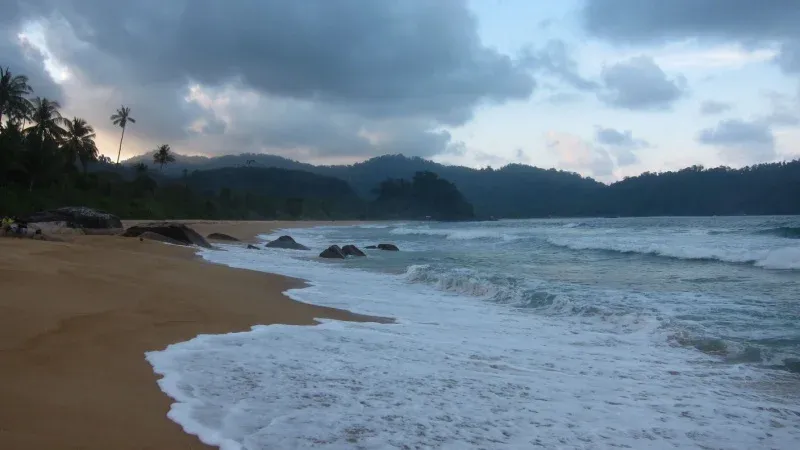
Juara Beach on Tioman Island is a quiet escape for travelers looking for peace and natural beauty. Surrounded by lush green hills, this beach is known for its soft sand and clear waters, ideal for swimming and snorkeling. It is less crowded compared to other beaches on the island, making it perfect for a calm getaway. Juara is also home to a turtle conservation project, where visitors can learn about efforts to protect sea turtles. It’s a great spot for nature lovers and those seeking a slow-paced beach experience.
Best Time to Visit: March to October
Pro Tips: Arrange your 4x4 transport from Tekek (the main village) beforehand. Visit the turtle hatchery to learn about local conservation efforts.
Suggested Read: Places to Visit in Bali: The Hidden Charms of Bali
5. Pasir Panjang, Redang Island
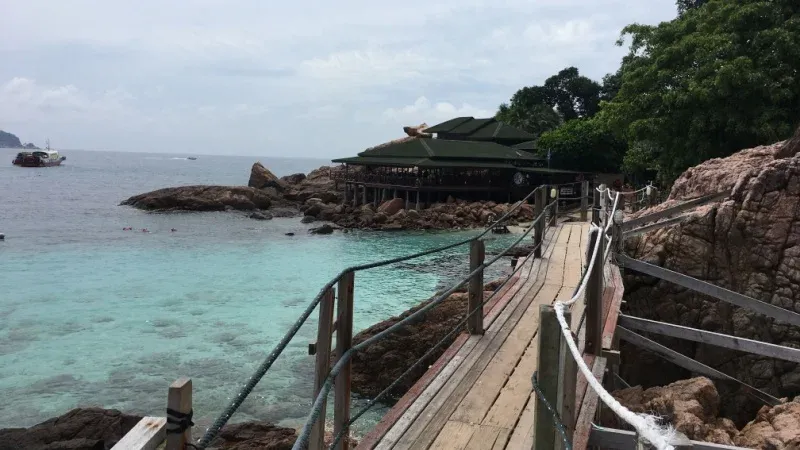
Pasir Panjang on Redang Island is one of Malaysia’s most stunning beaches. Its long stretch of soft white sand and clear blue waters make it perfect for swimming, sunbathing, and relaxing. The beach is lined with resorts, offering easy access to water sports like snorkeling and diving. Colorful coral reefs just offshore attract marine life, making it a popular spot for underwater exploration. Whether you want to enjoy the calm waves or explore the vibrant sea life, Pasir Panjang is a must-visit for beach lovers.
Best Time to Visit: March to October
Pro Tips: The beach is exclusively for guests of the resorts located on it. Book an all-inclusive package with a resort for a hassle-free experience.
6. Manukan Island, Sabah
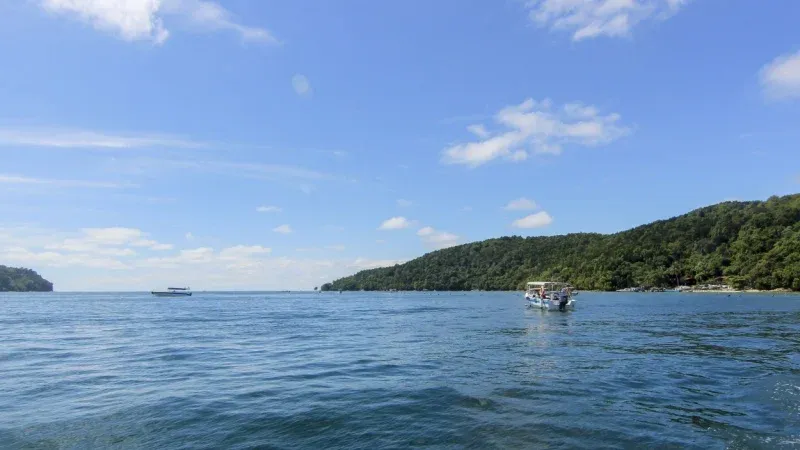
Just a 15-minute boat ride from Kota Kinabalu, Manukan Island is one of the most popular and accessible islands within the Tunku Abdul Rahman National Park. Its main beach offers beautiful white sand and calm, turquoise waters teeming with friendly fish, making it a fantastic spot for snorkeling and first-time divers. The island has excellent facilities, including picnic areas, changing rooms, a restaurant, and rental huts for water sports gear. It’s incredibly family-friendly and ideal for a day trip from the city.
Best Time to Visit: February to May
Pro Tips: Visit on a weekday to avoid the large weekend crowds. The best snorkeling is found near the jetty. Watch out for the resident monitor lizards.
Suggested Read: Beaches in Bali: Find Your Tropical Paradise
7. Coral Beach, Pangkor Island
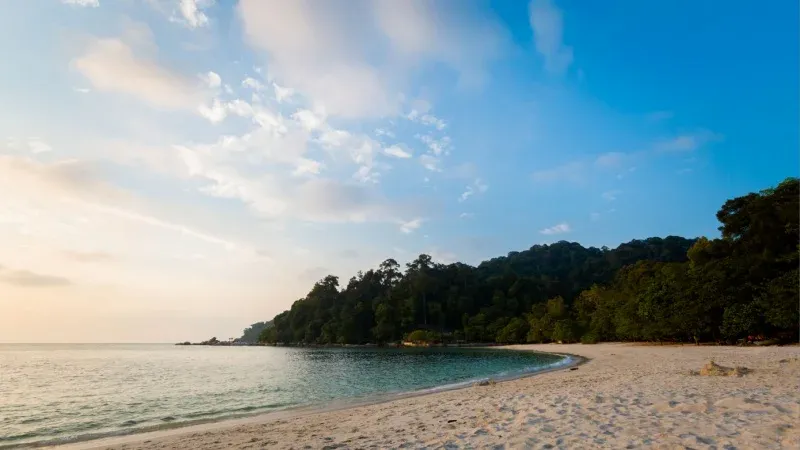
Situated on the western coast of Pangkor Island, Coral Beach is a smaller, more intimate alternative to the island's main beaches. True to its name, the sand is mixed with small, smooth pieces of coral, and the water is a beautiful shade of emerald green. It’s a quiet, laid-back spot perfect for swimming and relaxing under the shade of the trees. The vibe is tranquil, attracting couples and travelers looking for a peaceful escape. A few rustic seafood restaurants are just a short walk away.
Best Time to Visit: November to April
Pro Tips: The beach is a short walk from the popular Pasir Bogak beach. Look for hornbills in the trees in the late afternoon.
8. Kapas Island, Terengganu
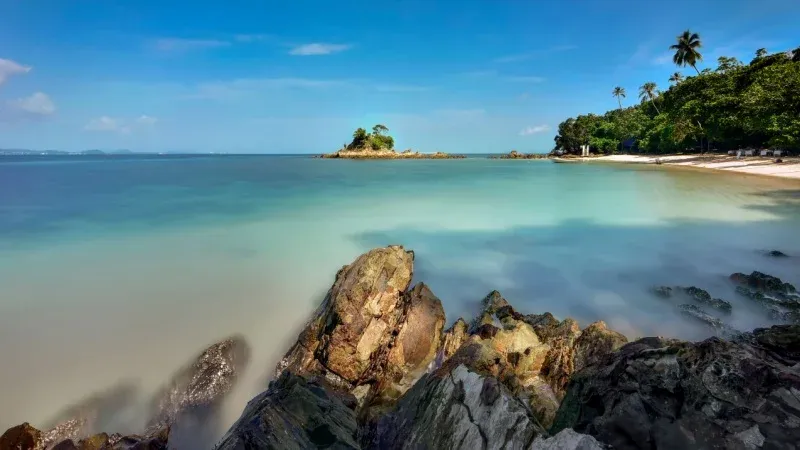
Kapas Island, meaning "Cotton Island," is named for its soft, white-sand beaches. Just a short boat ride from Marang, it’s known for its wonderfully slow pace of life and rustic charm. The beaches here are stunning, with crystal-clear water perfect for swimming, snorkeling, and kayaking. The vibe is very laid-back and bohemian, popular among budget travelers and those wanting a simple, uncomplicated beach holiday. Accommodation is mostly simple chalets and campsites, adding to its back-to-nature appeal.
Best Time to Visit: March to October
Pro Tips: The island is small enough to explore on foot. Follow the jungle trails to discover hidden, secluded beaches.
Suggested Read: Best Restaurants in Bali: Start Your Food-Oriented Journey from this Island
9. Desaru Coast, Johor

Desaru Coast represents the modern, luxurious side of Malaysia's beach scene. This integrated destination resort area features a pristine 17km beachfront lined with high-end hotels like The Westin and Anantara, plus a water adventure park. The beach itself has golden sand and is well-maintained, with calm waters suitable for families. The vibe is premium, curated, and perfect for a wellness-focused or luxurious family vacation. It’s an all-in-one destination with world-class facilities, from spas to golf courses.
Best Time to Visit: April to October
Pro Tips: Ideal for travelers who prefer premium amenities and organized activities. The Adventure Waterpark is a must-visit for families.
How to Make the Most of Your Beach Day in Malaysia
- Sun Protection is Key: The tropical sun is intense. Always use a high-SPF, reef-safe sunscreen, wear a hat, and seek shade during the peak hours of 11 am to 3 pm.
- Stay Hydrated: Drink plenty of water throughout the day. Fresh coconut water, widely available at beach stalls, is a fantastic natural hydrator.
- Respect Local Customs: While swimwear is normal on the beach, be sure to cover up respectfully (e.g., with a t-shirt or sarong) when walking through villages or entering shops and restaurants.
- Be an Eco-Conscious Traveler: Avoid single-use plastics. Carry a reusable water bottle and bag. Never leave any trash behind and do not touch or walk on coral.
- Handle Your Cash: While larger towns have ATMs, many smaller islands and remote beaches operate on a cash-only basis. Always have enough Malaysian Ringgit with you.
- Embrace Water Sports: Don't hesitate to try a new activity. Local operators offer everything from beginner snorkeling lessons to advanced PADI diving courses at reasonable prices.
- Getting Around: On the mainland, ride-sharing apps like Grab are efficient. For island hopping, rely on scheduled ferries and local boat taxis, and always confirm the last return trip of the day.
Final Thoughts
Malaysia is a dream destination for beach lovers. From calm, family-friendly shores to hidden coves perfect for couples, its coastline offers something for everyone. Redang is great for clear waters and soft sand, while the Perhentian Islands are ideal for snorkeling and diving adventures. Langkawi blends natural beauty with luxury, and Tioman Island charms visitors with its quiet, laid-back vibe. Add the warm weather, welcoming locals, and fresh seafood, and you have the perfect setting for an unforgettable beach holiday. Plan your perfect getaway with Regency Holidays and book a Malaysia tour packages.
Beaches in Malaysia - FAQ’s
The best time depends on the coast. For west coast islands like Langkawi and Pangkor, the dry season from November to March is ideal. For east coast islands like the Perhentians, Redang, and Tioman, visit between March and October to avoid the monsoon.
Yes, most popular beaches in Malaysia are safe for swimming, with calm waters, especially during the dry season. However, always be mindful of weather conditions, look for posted safety flags, and be cautious of jellyfish, which can be present at certain times of the year.
This is subjective, but many travelers adore the Perhentian Islands for their stunningly clear water and vibrant marine life. Langkawi is also a top contender for its diverse range of beaches, from the lively Pantai Cenang to the serene Tanjung Rhu.
Absolutely. Pantai Cenang in Langkawi, Pasir Panjang in Redang, and the beaches at Desaru Coast are fantastic for families. They offer gentle waters, plenty of space, and resort facilities that cater to children and parents.
A beach holiday in Malaysia can fit any budget. Backpackers can enjoy the rustic charm of Kapas Island or Perhentian Kecil for a low cost, while those seeking luxury will find world-class resorts in Langkawi and Desaru Coast. Transportation and food are generally very affordable.
Snorkeling and diving are must-try activities, especially in places like the Perhentian Islands, Redang, and Sabah. Other popular options include jet-skiing and parasailing in Langkawi, kayaking, and stand-up paddleboarding.
The vast majority of beaches in Malaysia are public and free to access. However, to visit beaches located within Marine Parks (like on Redang, Tioman, or the islands off Sabah), you must pay a nominal conservation fee at the jetty before your boat departure.
Pack lightweight clothing, swimwear, reef-safe sunscreen, a hat, and sunglasses. Also include insect repellent, a reusable water bottle, a simple first-aid kit, and enough cash, especially if you're visiting smaller, more remote islands.

